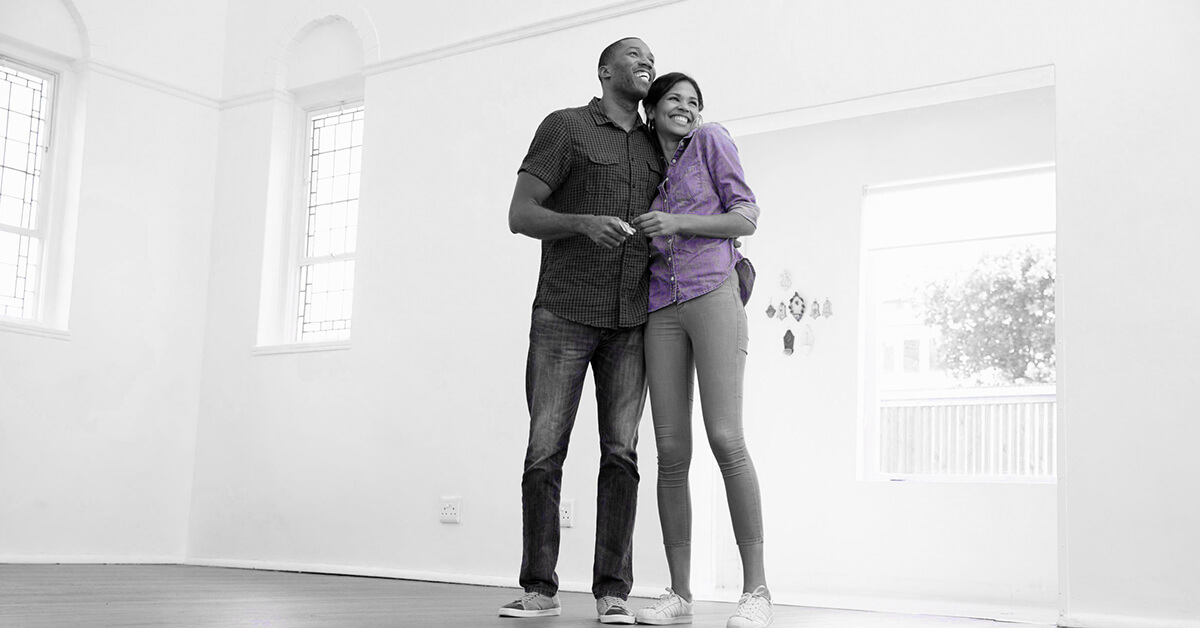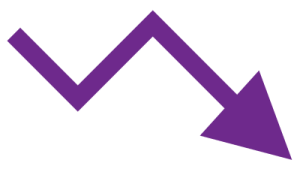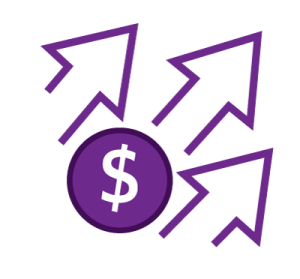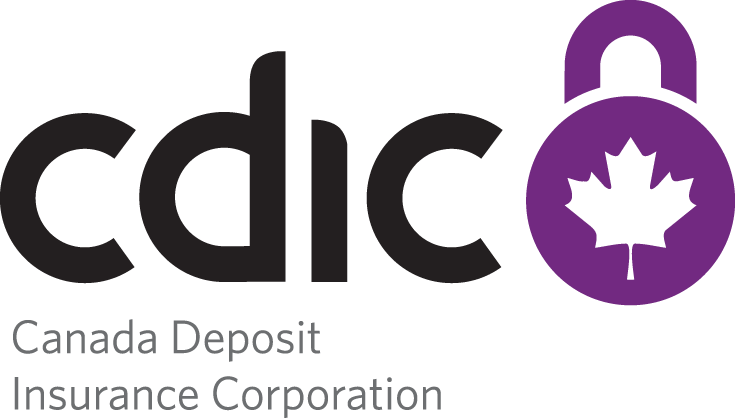A look at how Canadians are saving for homeownership and the options available to support you
January 17, 2020

At CDIC, we know Canadians have many different financial needs depending on their life stages. To help you find the information you need, we periodically share insights from our partners in the financial system. This article is courtesy of the Canada Mortgage and Housing Corporation (CMHC) by Sam Carnovale.
As tax season fast approaches, homebuyers are deciding how to manage their savings to address financial needs. According to CMHC’s 2019 Mortgage Consumer Survey, homebuyer behaviours in relation to savings, down payments and first time home ownership changed significantly compared to results from the 2018 survey.
Increasing number of first time homebuyers renting 10 + years before buying
The percentage of first-time buyers who rented for 10+ years before buying a home increased from 22% in 2018 to 31% in 2019. However, nearly 50% of buyers were first time homebuyers in 2019.
Three programs available that can assist with your first purchase
The Government of Canada offers a variety of incentives to support first time homebuyers and it is important you know what support is available to assist with homeownership. Here are three ways the Government of Canada can help make homeownership more affordable.
- First-Time Home Buyer Incentive is a new program in which eligible borrowers can apply for a 5% or 10% shared equity mortgage with the Government of Canada.
- First-time Home Buyers’ Amount is a tax credit that can provide up to $750 in federal tax relief.
- Home Buyers’ Plan allows first-time homebuyers to withdraw up to $35,000 from their RRSP.
Where are Canadians getting their down payment?
According to survey respondents, equity from a previous home and savings outside of an RRSP are the main down payment sources.
RRSP’s can be a very effective way for first time homebuyers to financially prepare for homeownership. Did you know that the Government of Canada recently increased the Home Buyer’ Plan withdrawal limit to $35,000 so you can get more out of your RRSP?
How much are Canadians putting down on their homes?
Homebuyers who put down less than a 20% down payment are required to purchase mortgage loan insurance. As such, the 20% threshold is an important benchmark when measuring home buying behaviours. Homebuyers were evenly divided between three down payment categories in the 2019 Mortgage Consumer Survey:
- More than 20%
- 20%
- Less than 20%
The three main reasons for putting down less than 20% are:
- Lack of funds (53%)
- Desire to keep funds for other expenses (27%)
- Wanting to be comfortable at their current debt level (14%)
The majority of buyers who put down less than 20% cited a lack of funds as the main reason. If you are a first-time homebuyer looking to reduce your monthly mortgage carrying costs, see if you could benefit from the recently announced First-Time Home Buyer Incentive.

DECREASE
in % of buyers saving funds for other expenses (27% in 2019 compared to 34% in 2018)
Down payments: Increasing number of Canadians putting down less
While Canadians are evenly split between the levels of down payments, 2019 saw an increase in the number of homebuyers putting down less than 20%. And for those who put down less than 20%, there was an increase of buyers who did so because they did not have enough saved for a larger down payment compared to 2018.
The percentage of buyers with a less than 20% down payment increased from 26% in 2018 to 33% in 2019. And the percentage of buyers who didn’t have enough saved for a larger down payment was 53% in 2019 compared to 49% in 2018.
While the three down payment categories were evenly divided, interestingly enough, there was a significant decrease in the percentage of buyers saving funds for other expenses in 2019 compared to 2018 (34% in 2018 to 27% i 2019).
Prospective buyers can use CMHC’s homebuying calculators to calculate mortgages, affordability, and debt. This will help them make sound decisions, to assess their finances, and to be well prepared for the important decision they are about to make.
For more information about the 2019 Mortgage Consumer Survey and the findings, visit cmhc.ca/2019MCS.

INCREASE
- Increase in % of buyers with a less than 20% down payment (33% in 2019 compared to 26% in 2018)
- Increase in % of buyers who didn’t have enough saved for a larger down payment (53% in 2019 vs. 49% in 2018)

Sam Carnovale has worked at CMHC for more than 25 years, gaining in depth experience in the lending industry. As a seasoned Director of Financial Institutions, he is passionate about exceeding his clients expectations and helping Canadians meet their housing needs. In addition, he is certified in Real Estate Finance (CRF) and in Risk Management (CRM). He is also actively involved in the MPC Foundation.
